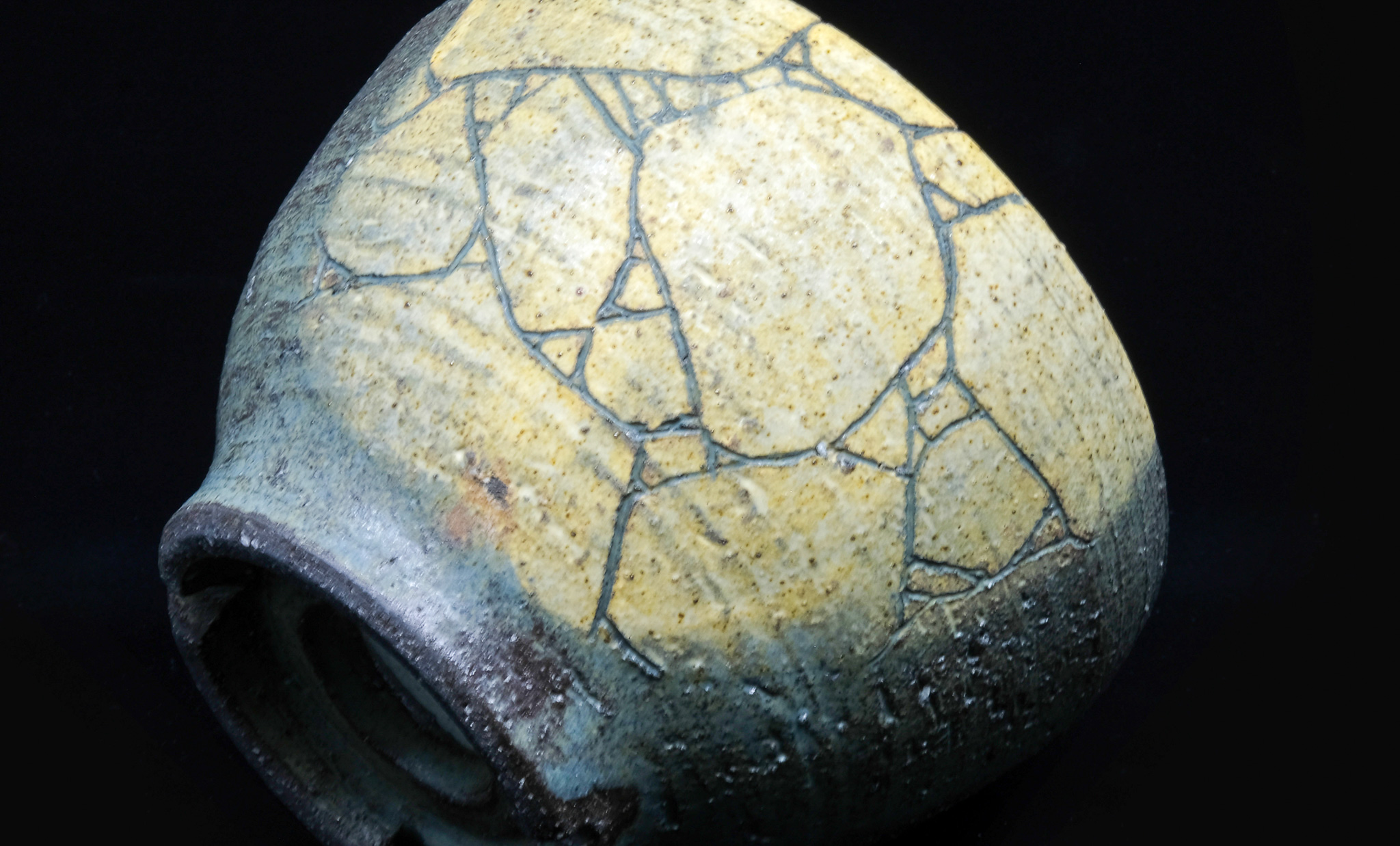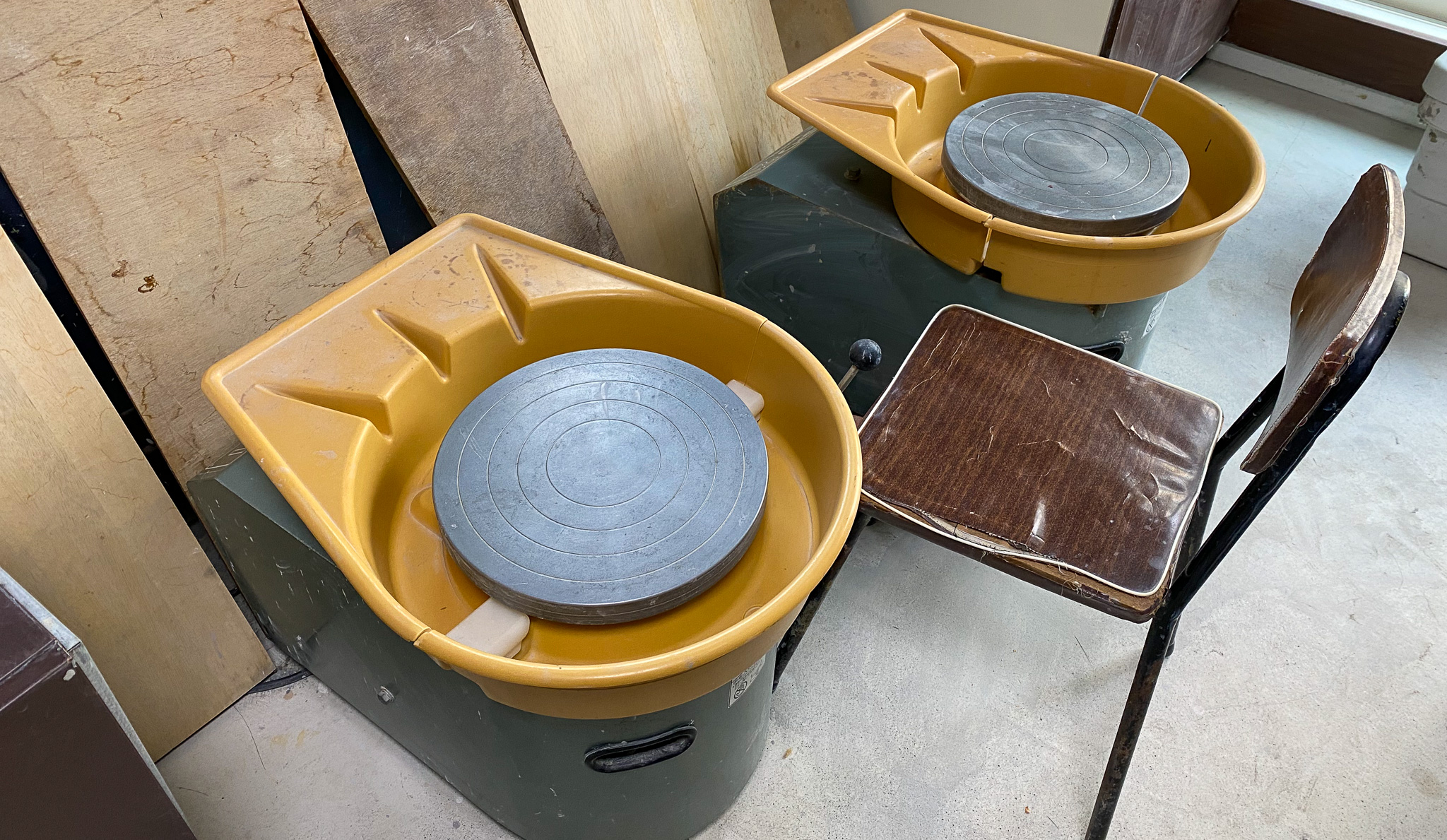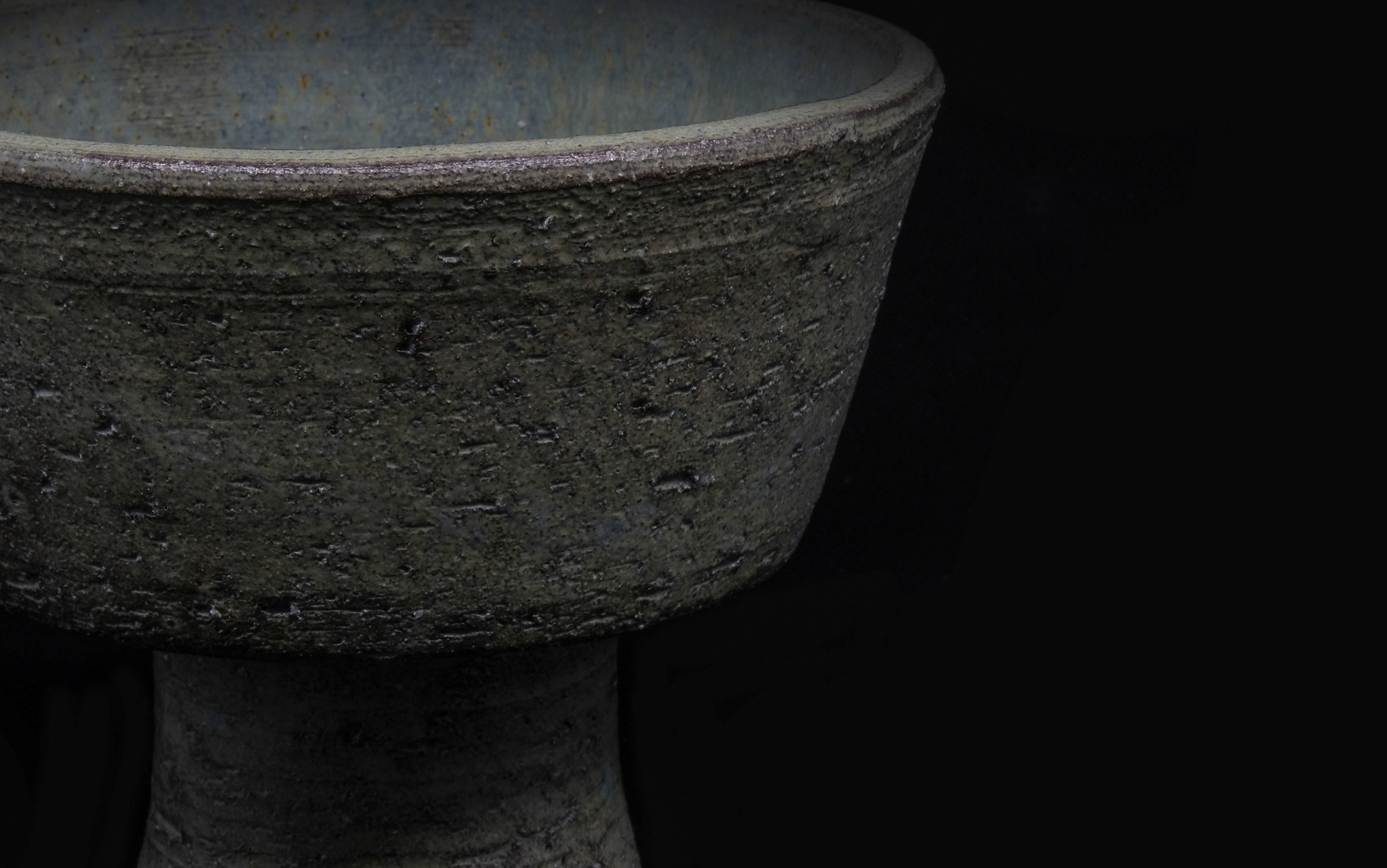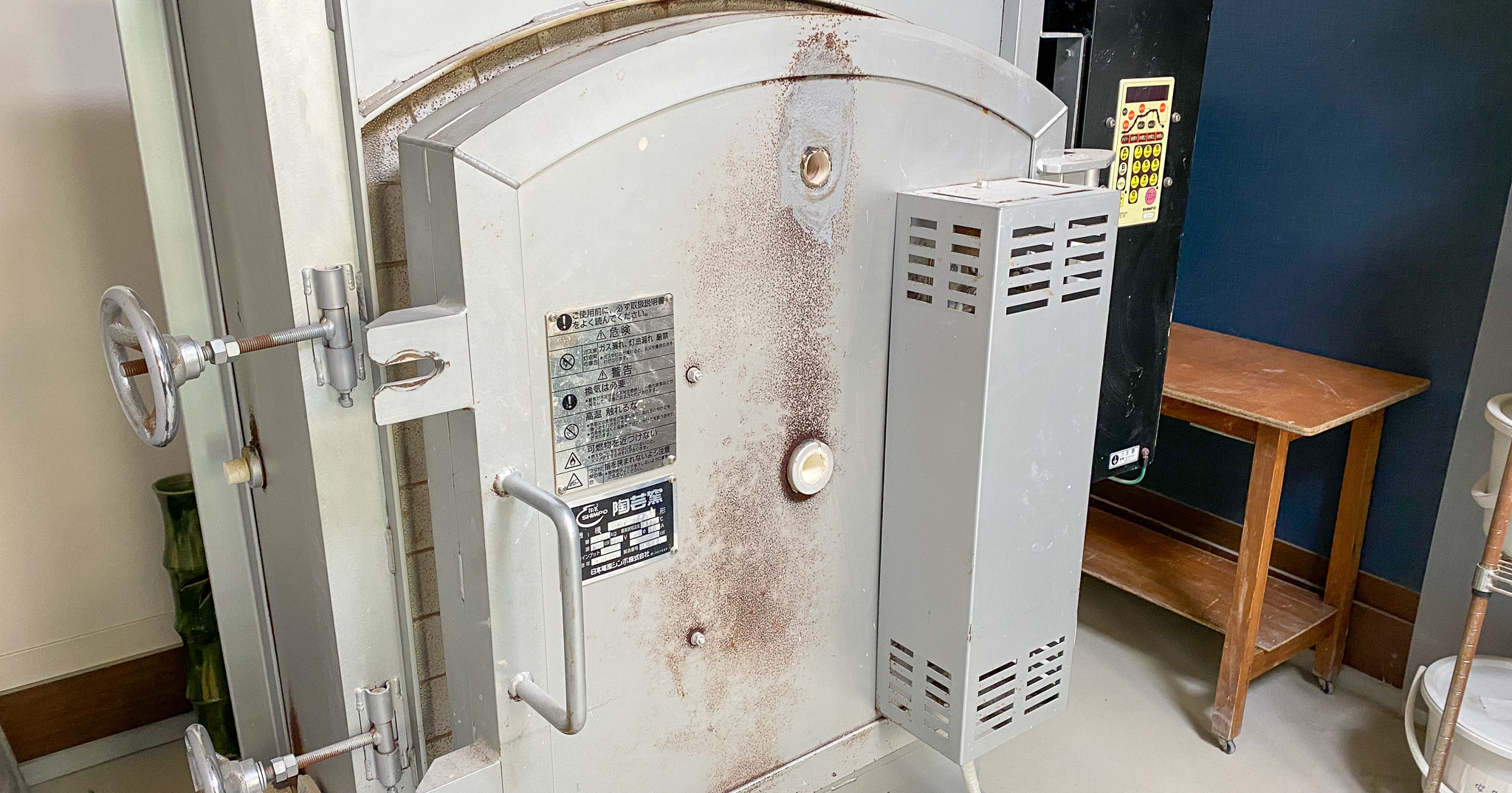
Interview with ceramic artist Hechicami (Miyoshi, Aichi Prefecture)
Share
We visited Hechicami in a quiet residential area in Aichi Prefecture.
We asked him about things we were curious about, such as the pottery-making process and his shop name.
I would appreciate it if you could read it before purchasing the book. 
Please tell us how you first encountered pottery.
I was born in Tarumi Ward, Kobe City, and experienced the Great East Japan Earthquake when I was in high school.
I started attending pottery classes when I was in my third year of high school. I was fascinated by the fun of not having a goal and the changes that come with firing. I entered the Faculty of Nutrition at university and obtained a license as a registered dietitian. It was a good experience because I could use my cooking skills in making pottery. During my university days, I worked at a pottery class in my free time and was involved in pottery as an assistant, almost like an apprentice.
After graduating from university, I became an independent potter in Kobe. I became a teacher at the pottery class at NTT Culture School Kobe. I taught pottery classes about three days a week, and the rest of the time I continued to create my own works in the classroom.
After working there for 6-7 years, I started another studio with my older sister and moved to Aichi Prefecture when I got married. I also worked at a pottery studio in Anjo, Aichi, and gave birth to a daughter. Up until this point, I had been working as a teacher at a pottery studio while also regularly holding solo exhibitions, group exhibitions, and other exhibitions. I think I've had a fairly stable life (laughs). I think I've been lucky in that I've been called upon at various turning points in my life!
After giving birth, we moved to Bangkok, Thailand in 2011 due to my husband's work. We lived in Sukhumvit Soi 55, Thonglor. My five years in Thailand were the best! Paradise! The food was good, the prices were cheap, it was the best! We went to Phuket and the Maldives...
In Thailand, I attended a local pottery class for 2-3 years. When I became pregnant with my second child and gave birth, it became difficult for me to attend the pottery class, so I discovered paper cutting. I was obsessed with paper cutting, which can be made in the space of a single desk, and I cut paper a lot (laughs). In my solo exhibitions, I decorated the walls with paper cutting and displayed ceramics on tables and stands. I am a self-taught paper cutter.
I returned to Japan in 2016. When we built our current house, I realized my dream of creating an atelier inside the house! This put a lot of strain on my husband, but I'm grateful for it. I had been away from serious pottery for a while after getting married and giving birth, so I was scared to get back into full-scale ceramics work, but my husband pushed me to do everything I wanted to do!
We built a workshop with a concrete floor, heat-resistant boards stretching all the way up to the ceiling, and two large ventilation fans. We then brought in the kiln using a crane. We use an electric kiln. In the past we used a kerosene kiln, and even now we bring our own pottery and fire an anagama kiln twice a year. Even now, our main focus is still pottery, but we're also working hard to make flower pots!

Please tell us the origin of the name of your house.
Hechicami is a Hida Takayama dialect word meaning "warped" and means "slightly warped." I learned this word while reading a book in my university days and I kept writing it down in my notebook. After I started using it as the shop name, I made a friend in Takayama and asked him what the word "warped" meant, and he said, "That's ugly!" (LOL). I have a funny story about how I've been ugly for the past 20 years (LOL). Just as there are no straight lines in nature, pottery also does not have straight lines, and I believe that curves are more relatable to people than straight lines.

Please tell me about your pottery.
The clay used is from Shigaraki and Seto, and is mixed in a unique blend.
I use a kneading machine to make the clay, and some pieces are hand-formed, but I generally make my pieces on an electric potter's wheel.
As the name suggests, I don't aim to mold a beautiful shape, so if it's distorted, I leave it as it is, if it's concave, I leave it as it is. When I'm making pottery, I just mold it to express the shape that I want to make in the moment. I especially make flowerpots in this way. For example, I'll print out a shape that I wanted to make before and place it in front of the potter's wheel to mold it, but it's never turned out that way (laughs).
After shaping and drying, the piece is carved. It can be carved by hand or on a potter's wheel. Some pieces have legs attached at this time. Before bisque firing, a decorative layer of clay of a different color is applied to the piece and allowed to dry. After that, the pattern is scraped off hands-free using a bamboo skewer, and the piece is bisque fired. Bisque firing is done at 700℃.
After taking it out, we apply a glaze. We often apply a transparent glaze that we have mixed ourselves, or Oribe glaze. The final firing is done at 1240℃. We do not use water repellents. After taking it out, we do some post-processing and it is complete. I think there are quite a few steps.
The Hechicami series mainly consists of the rock series, the stepped series, and the three-legged series. Please take a look.

OMBLE: Thank you for reading to the end.
The Hechicami House is located in a lovely, quiet residential area on the outskirts of Aichi Prefecture. Surrounded by his own artworks, it is a wonderful home that directly conveys the warmth and love of his family. Each piece reflects Mr. Hechicami's personality. Please take one in your hands and plant and grow it.
